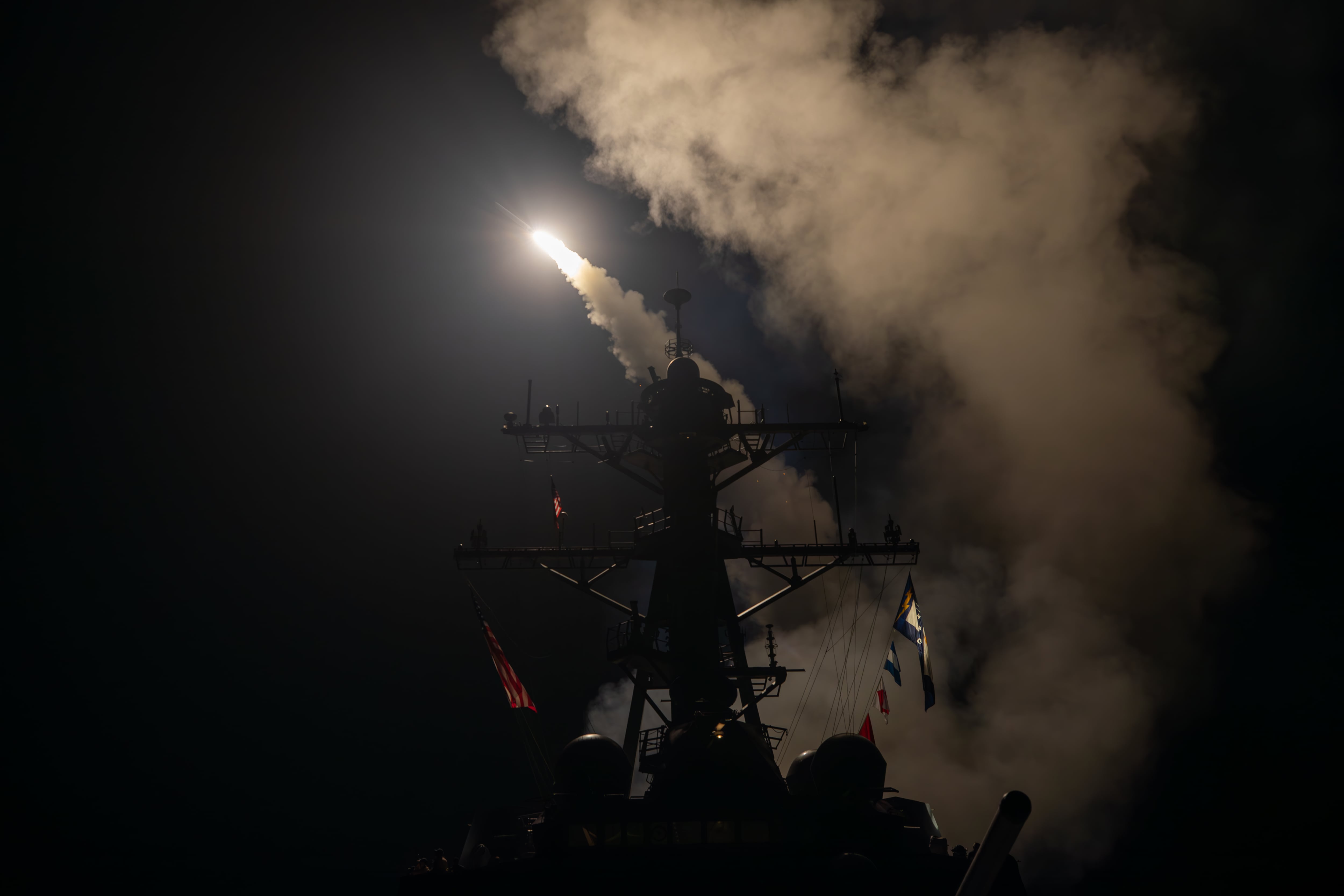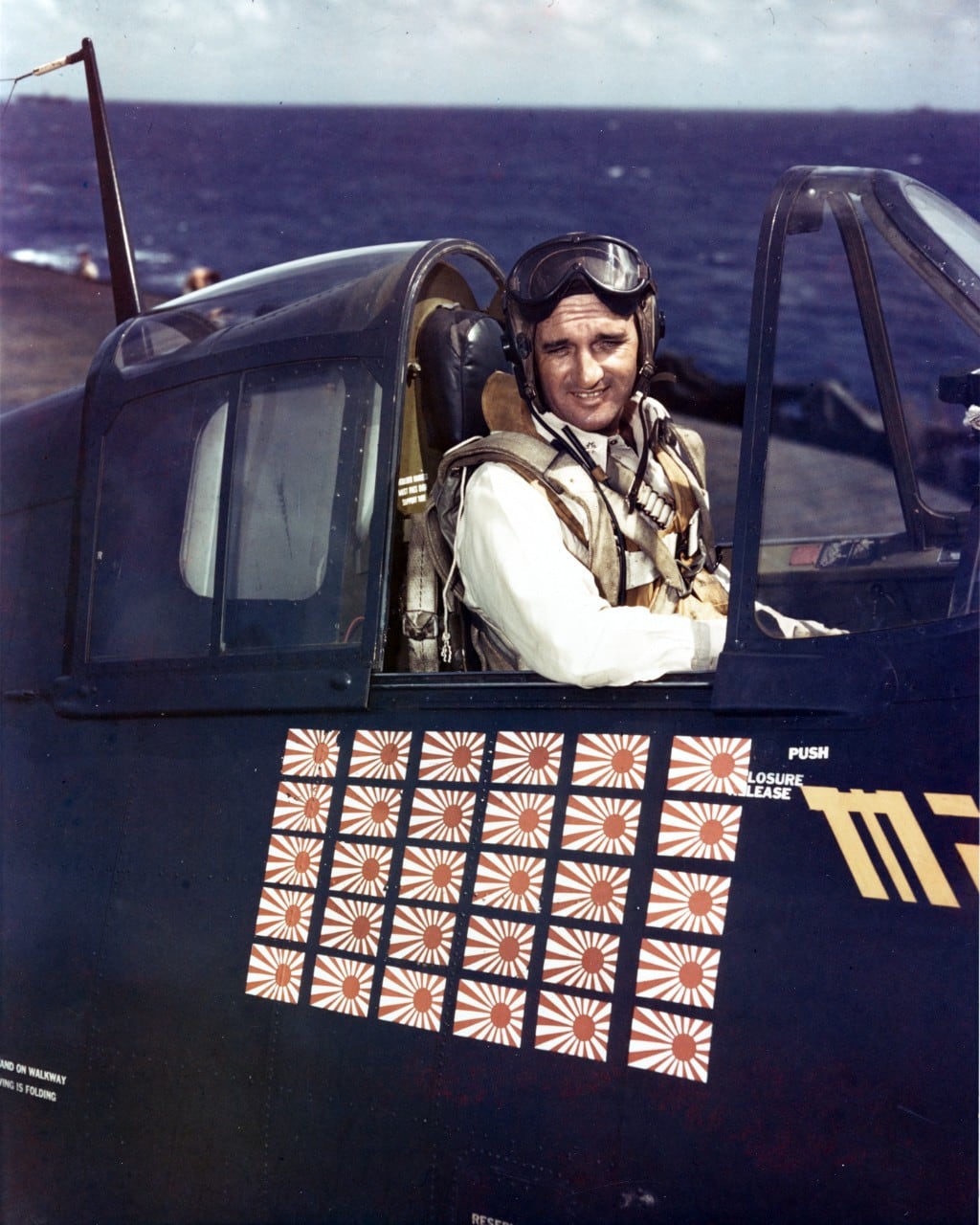As their battle against Iran-backed Houthi rebels in Yemen rages on, some fighter pilots assigned to the aircraft carrier Dwight D. Eisenhower are starting to stencil “victory marks” on the fuselage of their jets to showcase how much ordnance they’ve unleashed and how many Houthi assets they’ve taken out.
Photos made public by the Navy this month show the marks on at least one jet, a reflection of successful engagements flown by that particular jet, according to a defense official who spoke on condition of anonymity to discuss operations.
In this case, the stenciled ordnance reflects how many bombs and missiles were launched by the aircraft, while the other objects signify Houthi targets “killed” by that jet, such as drones.
RELATED

The men and women aboard the Ike and within Ike’s strike group have maintained a feverish deployment pace since leaving Norfolk, Virginia, in October and setting up shop in the Middle East to counter daily Houthi attacks on military and civilian vessels in the Red Sea and Gulf of Aden.
Fighter jets in Eisenhower’s air wing have regularly struck weapons sites in Yemen this year as well.
The Navy began adding kill marks to its planes during World War II, and ships also began displaying the outlines of sunken enemy vessels to commemorate what they had done, according to a 2022 U.S. Naval Institute article on the tradition.
To this day, Capt. David McCampbell remains a leading ace and amasser of such marks, having shot down 34 Japanese aircraft during World War II from the seat of his F6F Hellcat, according to the Navy.

Geoff is the managing editor of Military Times, but he still loves writing stories. He covered Iraq and Afghanistan extensively and was a reporter at the Chicago Tribune. He welcomes any and all kinds of tips at geoffz@militarytimes.com.





